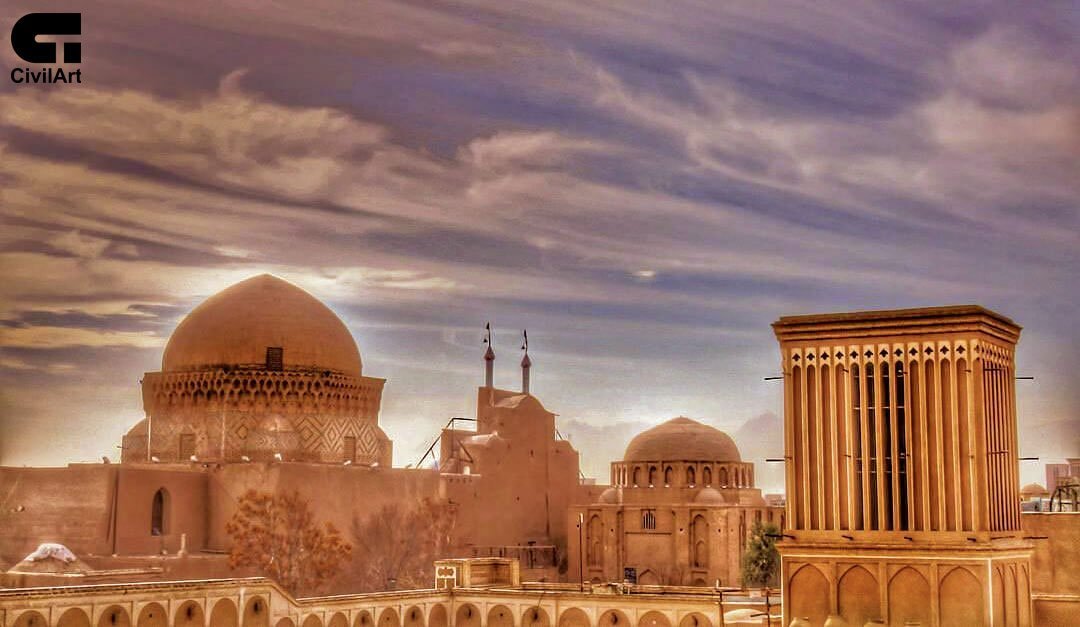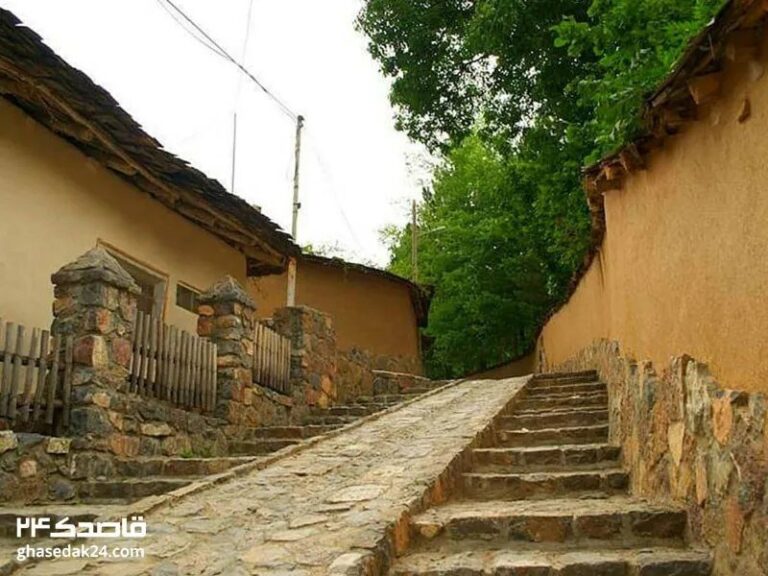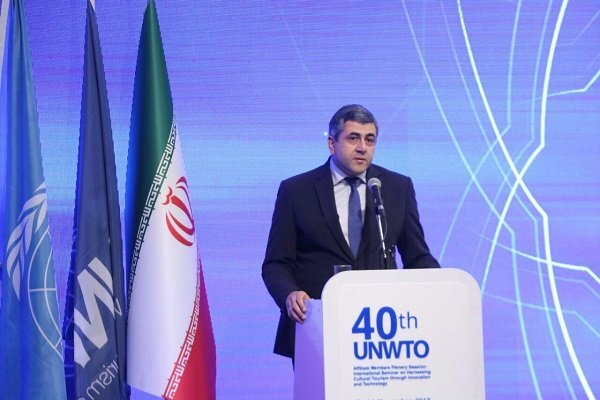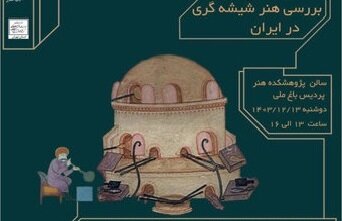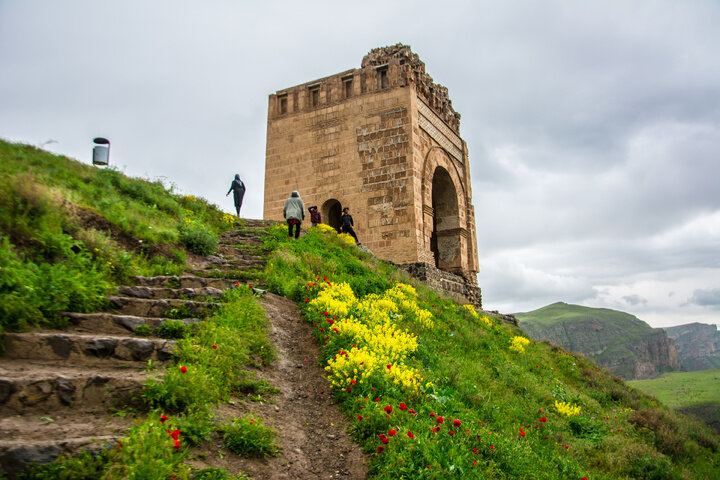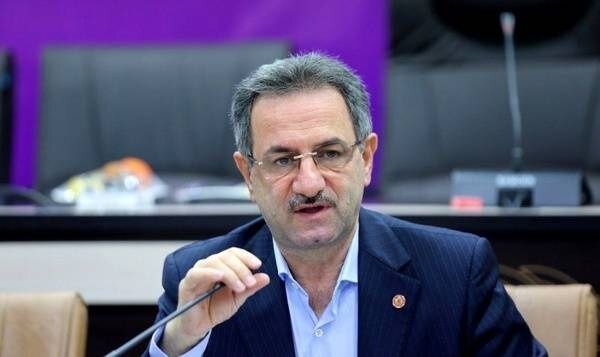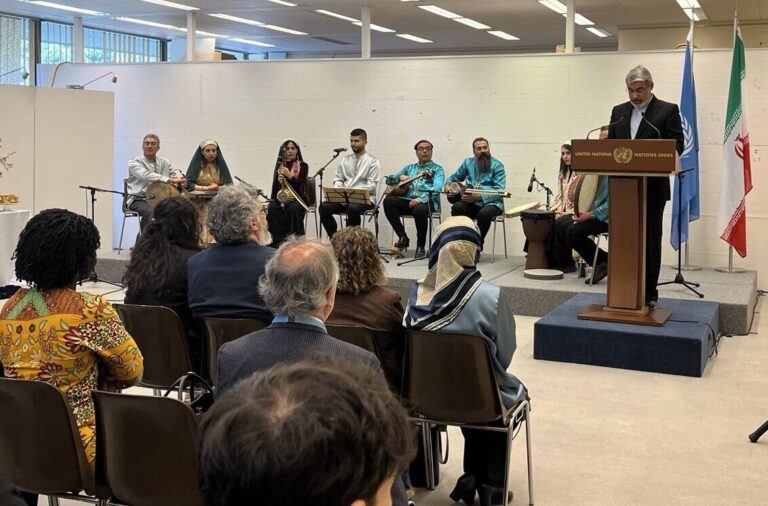Indians Embrace Yazd’s Stunning Architecture and Delectable Iranian Cuisine
Indians have developed a strong affinity for Yazd’s traditional architecture and the rich flavors of Iranian cuisine, particularly dishes like Qormeh Sabzi and Qeymeh Nesar. This insight comes from an experienced Indian tour operator who collaborates with various travel agencies to promote tourism between India and Iran. With an increasing interest in Iran’s vibrant culture, especially evident in cities like Isfahan and Shiraz, travelers from India are eager to explore the depths of Persian heritage.
The long-standing friendship between Iran and India is rooted in their rich cultural histories and ancient civilizations. Scholars note that both nations share a common ancestry, tracing back to the Aryan race. This shared heritage manifests in various aspects such as:
- Language: Similarities in linguistic roots.
- Customs: Overlapping traditions and practices.
- Behavioral Traits: Comparable social behaviors and interactions.
Jawaharlal Nehru, the esteemed former Prime Minister of India, once remarked in his book Discovery of India, that no other nation has influenced Indian life and culture as sustainably as the Iranians. This statement underscores the deep connections that have historically existed between the two civilizations.
According to Syed Ghulam Asghar, an Indian tour operator with extensive experience in Iran, international tourism gatherings serve as a vital platform for private sectors from both nations to negotiate and foster tourism growth. He emphasizes, “My various travel agencies are eager to dispatch tours to Iran. Fortunately, there isn’t any problem for the entrance of tourists to Iran given the political and cultural ties between India and Iran. Iran is considered a safe nation for us.”
Asghar highlights the ongoing preparations for a travel package to Iran, noting that the two nations share rich cultural commonalities that lend themselves to robust tourism exchanges. He pointed out, “As Iranians have a profound understanding of culture, customs, and cuisines, Indians also appreciate Iranian culture.” His enthusiasm reflects the broader sentiment that Iran is an attractive destination for Indian travelers.
Madura Arora, another prominent Indian tour operator, echoes this sentiment, asserting that Iran possesses a unique ability to draw Indian tourists. He notes that Iran is not only appealing for its cultural offerings but also holds significance for Indian Shia Muslims, who are keen on pilgrimage tours to holy cities like Mashhad and Qom.
“The tourism industry needs significant publicity,” Arora states. He emphasizes the importance of showcasing Indian culture in Iran through various mediums, including the filmmaking industry. Although Turkey has recently become a popular destination for Iranians, Arora believes that with effective planning and innovative marketing strategies, conditions can be created for people from both nations to travel based on informed choices.
To enhance its visibility in the Indian tourism market, Iran has undertaken substantial marketing efforts. Under the guidance of the deputy of tourism at the Ministry of Cultural Heritage, Tourism, and Handicrafts, a roadshow was conducted in three major Indian cities—Mumbai, Hyderabad, and New Delhi—in 2024. The objectives of this initiative were multifaceted, including:
- Promoting a positive image of Iran by highlighting its cultural, historical, and natural diversity.
- Increasing the influx of international tourists.
- Creating new business opportunities within the tourism sector.
- Introducing new destinations and attractions to potential travelers.
A key aspect of the roadshow was to facilitate direct interactions between tourism professionals from both nations through B2B meetings. This approach not only fostered closer ties but also provided a platform for identifying and collaborating with new business partners, including tour operators, airlines, social media influencers, and other stakeholders within the tourism industry. The ultimate aim was to cultivate a network of international partners to explore new avenues for future cooperation.
With a population exceeding 1.4 billion, India has recently surpassed China to become the most populous country in the world. This demographic shift highlights the significance of the Indian tourism market for Iran, given the vast number of potential travelers. India’s burgeoning middle class and increasing per capita incomes position it as one of the largest sources of outbound tourists, who are constantly seeking new cultural experiences and international travel opportunities.
New Delhi, with its expansive and influential populace, Hyderabad, celebrated for its rich cultural heritage, and Mumbai, recognized as India’s economic powerhouse, provide unique platforms for promoting Iranian tourism. Moreover, the cultural and ethnic connections between the two nations further enhance the prospects of Iran’s tourism sector, making the recent roadshow in India a pivotal moment for future collaborations.
In conclusion, the growing synergy between Indian tourists and Iranian cultural offerings presents a promising avenue for mutual exploration and understanding, paving the way for enriched travel experiences that celebrate the shared heritage of these two great nations.
